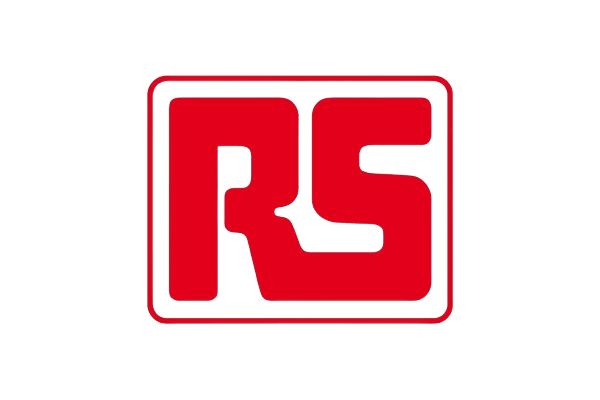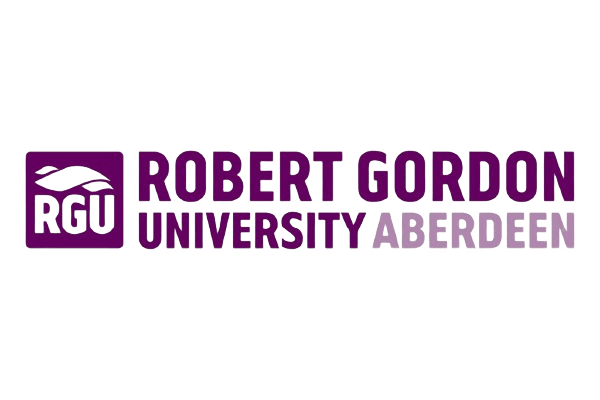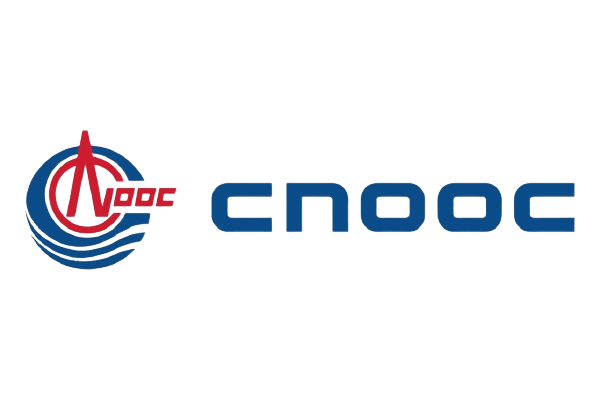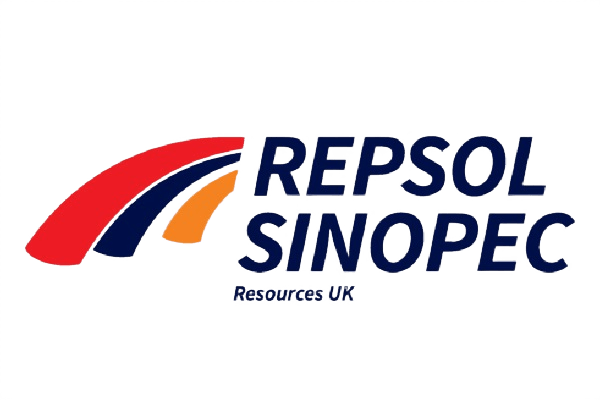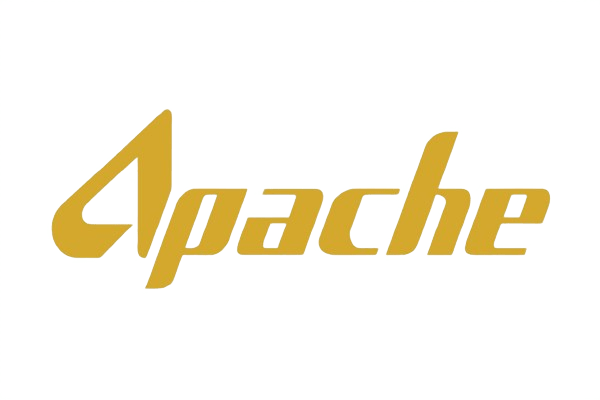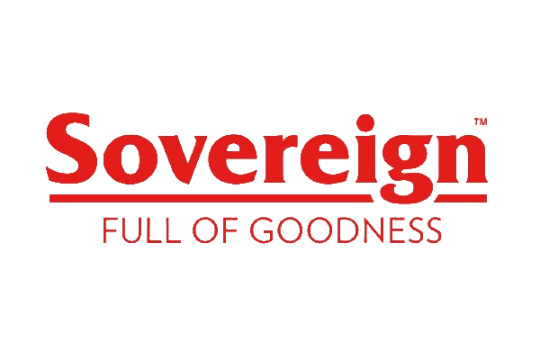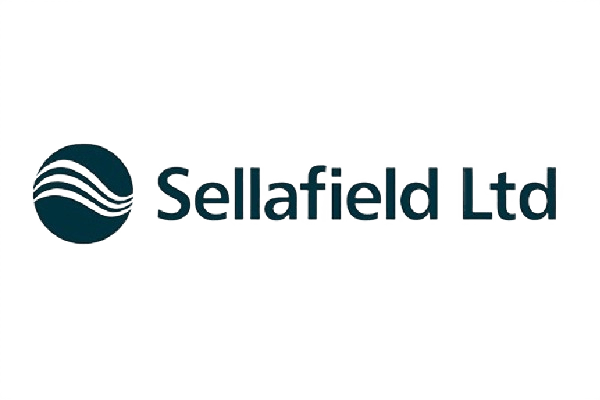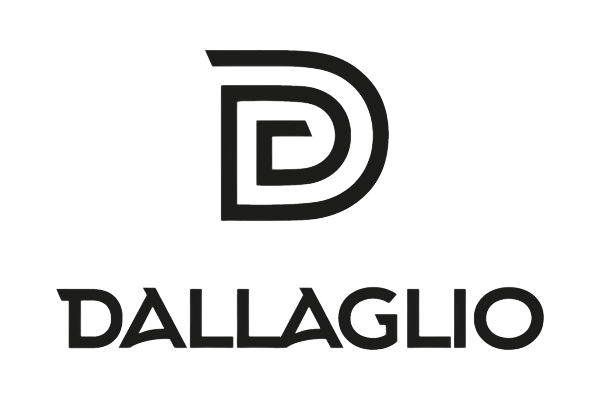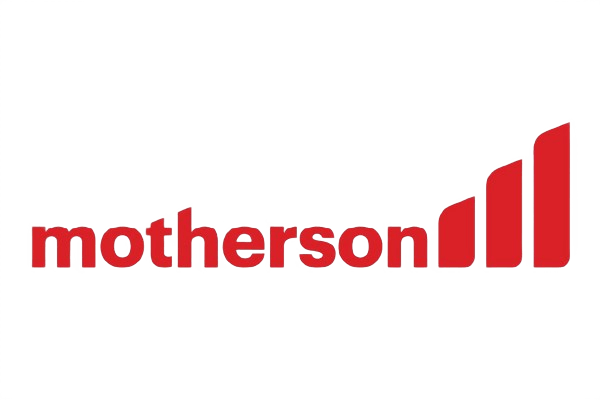Ensuring the integrity of your assets is critical to the long-term sustainability of any organization. Poor asset performance, deteriorating condition, poor visibility of asset health and lack of proper maintenance does not only result in financial losses but also significantly increases the safety risk which can often result in regulatory non-compliance. As assets age, they need to be upgraded, repaired or replacement to ensure that Overall Equipment Effectiveness (OEE) along with business and operational objectives are being met. With increased pressure on cost reduction to maintain the competitive advantage, asset intensive organisations need to have a clear understanding of their asset’s health to ensure that appropriate budgets are prepared and various options are explored before funds are committed. However, in the absence of accurate and factual information, asset owners are unable to future proof their investments.
What are Stock Condition Audits
Stock conditions audits also referred to as asset inspection surveys or asset condition assessment, provide an impartial factual assessment of the current condition of the assets thereby enabling organisations to make data-driven decisions for future investments and facilitating increased OEE. The audit reports also feed vital information back to the asset management plans and strategies to ensure continuous improvement.
The output of the stock condition audit is a report outlining the existing condition of the assets to enable the organisation to improve their asset management operations and its OEE. Condition audits are often required by organisations that own and operate a large number of assets; be it machinery, roads, bridges, roads, buildings or equipment. The report provides the organisation with critical information that support lifecycle cost analysis, deterioration rate, risk identification and may also enable them to measure the effectiveness of their asset management processes and strategies. Organisations can assess the reliability of the assets and identify opportunities for risk reduction and overall equipment effectiveness and performance improvement. The audit involves monitoring and inspection of assets to collect and analyse data to determine the condition. The monitoring and inspection tasks are targeted towards assessing the following key factors associated with the asset:
- Hazard identification
- Defect identification
- Remaining useful life
Approach for Stock Condition Audits
Stock condition Audits involve monitoring and inspection of the assets to ascertain the existing condition and also document degradation trends over a period of time. These results are utilised to optimise the maintenance strategies to ensure that the asset meets its expected useful life. The inspections carried out to capture the asset information can be broken down into two main types, the first one to determine the presence of a hazard and the identification of any defects and the second one to determine the remaining useful life of the asset. While this may differ, inspection to identify hazards and defects are more frequent than the ones for determining remaining useful life primarily due to the fact that the second type is more detailed and requires extensive analysis.
Benefits of Stock Condition Audits
The effort, time and investment put into asset management is primarily targeted towards optimising asset performance at the lowest lifecycle cost whilst sustaining overall equipment effectiveness targets. Asset intensive organisations often have multiple identical assets that have the same installation and commissioning date and operate under the same environmental conditions. Despite this similarity in operating conditions, all identical assets do not always deliver the same performance and it is this aspect that demands the need for stock condition audits. Some of the key benefits associated with Stock condition audits are:
- Determine whole lifecycle costs
- Develop evidence-based maintenance cost estimates
- Optimise asset maintenance strategies based on factual data
- Carry out lifecycle cost modelling
- Measure Overall Equipment Effectiveness
- Monitor, record and document equipment deterioration trends
- Conduct root case analysis based on asset condition rating
- Determine remaining useful life of the asset
- Develop capital replacement plans for the short, medium and long term
- Identify key vulnerabilities and risks to business continuity
- Identify operational, safety or environmental risks and devise fit for purpose strategies
- Forecast asset reliability
- Group assets with similar performance and identify key factors that contribute to high performance and increased useful life
- Update your asset management policies and procedures based on analysis
The above list is by no means exhaustive and only aims to outline the broad range of benefits that can be obtained through stock condition audits. Based on the data captured, organisations may also decide the develop additional Key Performance Indications (KPIs) s and evaluation criteria’s that meet their specific business needs.
Final Thoughts
Stock condition audits for part of our Asset Reliability as a Service (ARaaS) suite of solutions and deliver extensive benefits for the organisation if they are carried out in a structured and organised manner. As evidenced above, they provide vital information related to the asset health and can serve as a barrier against poor asset performance, declining revenues and regulatory non-compliance. These Audits support organisations in improving their asset management policies, design fit for purpose maintenance strategies, focus efforts on the most important assets and develop robust financial estimates and forecasts. With extensive experience in working with a diverse range of sectors including mining, oil & gas, nuclear and hospitability, our asset condition assessment engineers can provide expert support and guidance through every stage of the journey. If you are looking for a partner who can design, develop and deliver the solution according to your needs and maximise the benefit for your organisation, get in touch today to find out how we can help – enquiries@optimal.world.



